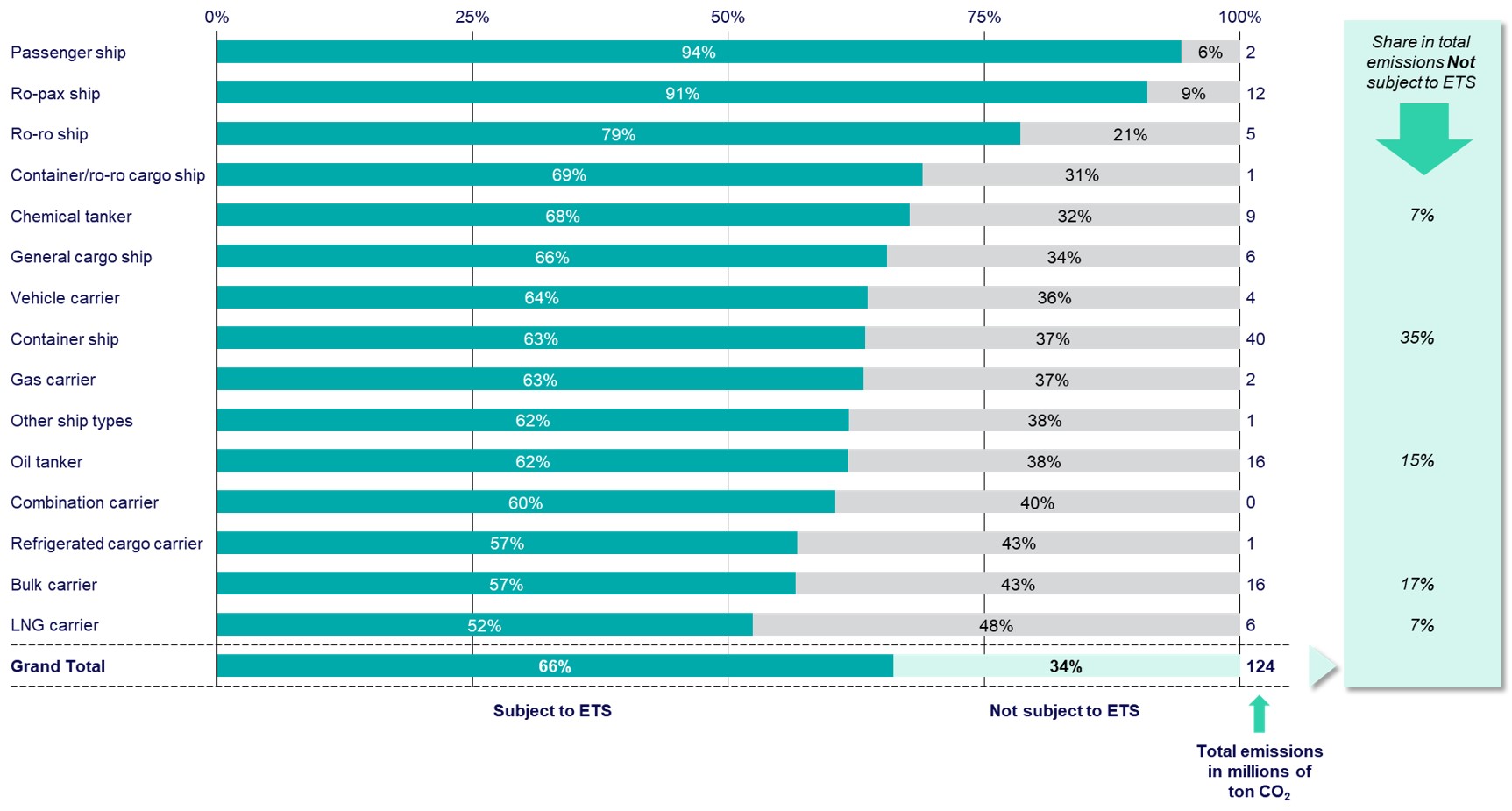
Connecting knowledge, finance and innovation for a cleaner world
Ship Finance Update: An Analysis of the Petrofin Top 40
White paper 2023#2
The maritime industry is under pressure to adopt greener practices, leading to increased demand for capital to finance the decarbonization of the sector. The Petrofin Global Index of Ship Finance is a widely recognized benchmark that tracks lending practices and trends in the market of ship finance. This white paper examines the Petrofin data on the top 40 ship lending portfolios from 2015 to 2021 to explore the shifts in the financing of the shipping sector. The Petrofin data shows a reduction in the overall size of shipping portfolios for the top 40 banks in recent years, accompanied by a trend towards more uniform distribution. Additionally, the analysis presented in this paper reveals a decrease in the proportion of shipping portfolios relative to total assets held by these banks. Even where the shipping portfolios increased this did not translate into shipping becoming more important for the bank rather it was an increase that more less followed the overall increase of the bank’s assets.

The Financial Consequences of bringing Shipping under ETS
White paper 2023#01
EU legislators have agreed to include maritime transport in the EU’s Emissions Trading Scheme. By 2027 all emissions will be subject to ETS thus introducing a clear carbon price tag on shipping emissions. This document provides insight on what will be measured for ETS and estimates that the total cost to the industry will be around EUR 7 billion annually, while the operating expenses–depending on ship type–may increase up to twenty-five-thousand euros per day. Overall, the introduction of ETS in the Maritime industry is considered a relevant step towards decarbonization of the maritime transport sector and will put a premium on cleaner vessels going forward.

ESG Ratings for the Maritime Industry: a Review
White paper 2022#01
The maritime industry needs to speed up the integration of ESG factors in its operations. Any instrument or initiative that positively contributes to this is to be supported and encouraged. Webber research has created an ESG Scorecard with which it aims to assess and classify publicly listed companies in the maritime sector based on their ability to adequately integrate ESG in their operations. This research note offers a high level assessment of this scorecard and finds that there are significant differences between the findings of the Webber ESG Scorecard and those offered by a different rating agency, namely Sustainalytics' ESG Risk Ratings. This white paper reviews these differences and offers possible reasons for this divergence as well as some suggestions for further work on ESG assessments in the maritime space.
